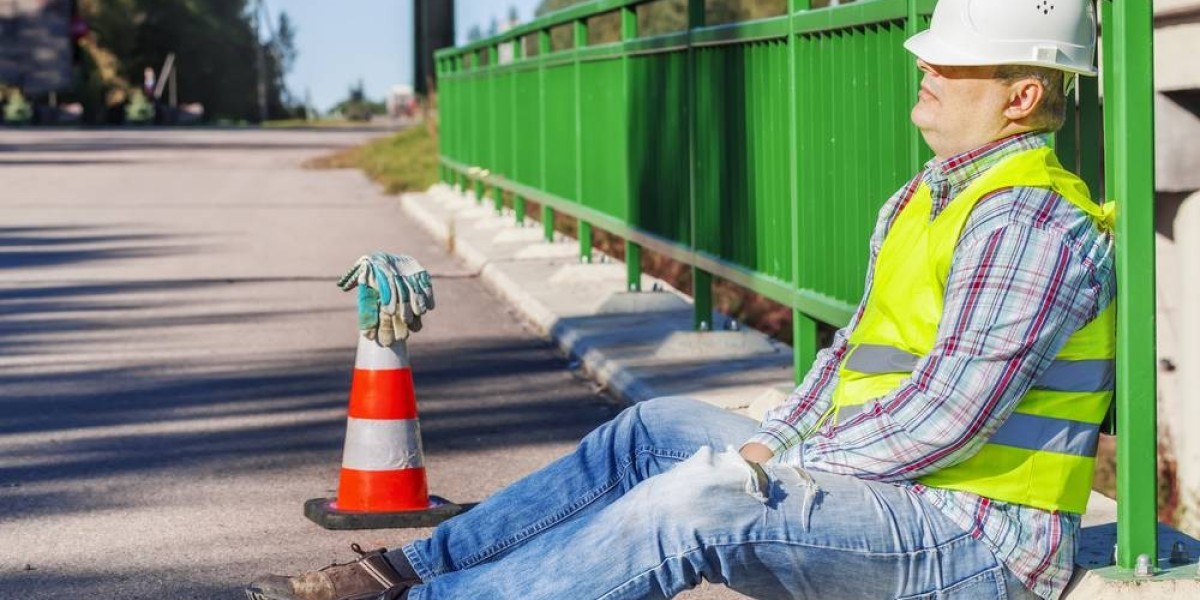Fatigue is one of the most significant yet often underestimated hazards in the construction industry. Unlike more visible risks such as falling objects or heavy machinery, fatigue builds up silently, impacting concentration, decision-making, and physical performance. Over time, this can lead to serious — and sometimes fatal — accidents on construction sites. As projects in busy areas like London and Essex continue to grow in complexity and scale, addressing fatigue-related risks must become a top priority for construction managers and workers alike.
Understanding Fatigue in Construction
Fatigue in construction is more than just feeling tired after a long day. It is a state of mental or physical exhaustion that reduces a worker’s ability to perform safely and effectively. It can result from extended hours, insufficient rest, repetitive tasks, high stress levels, or demanding physical labour.
Construction work often involves long shifts, physically demanding tasks, and exposure to extreme environmental conditions, all of which contribute to fatigue. Night shifts, tight deadlines, and irregular schedules make recovery even more difficult. When workers are fatigued, their reaction times slow, they are more likely to make mistakes, and they may struggle with attention and coordination — a dangerous mix on a construction site.
The Dangers of Fatigue-Related Accidents
Fatigue significantly increases the risk of workplace incidents. Studies have shown that being awake for 17 hours can impair performance as much as having a blood alcohol concentration of 0.05%, while 24 hours awake is equivalent to 0.10% — above the legal driving limit in the UK.
Common fatigue-related accidents in construction include:
Falls from height due to loss of balance or coordination
Equipment mishandling, such as operating machinery incorrectly
Lack of situational awareness, leading to collisions or missed hazards
Errors in judgement, like overlooking safety protocols or rushing tasks
Fatigue doesn’t only affect the individual worker — it can create a domino effect, putting entire teams at risk and leading to project delays, increased insurance costs, and potential legal consequences.
Key Causes of Fatigue in the Construction Industry
To effectively prevent fatigue-related accidents, it’s important to understand the root causes. These include:
Long Working Hours: Working more than 8–10 hours a day, especially over extended periods, increases fatigue levels dramatically.
Shift Work: Irregular hours, particularly night shifts or early mornings, disrupt the body’s natural sleep-wake cycle.
Physically Demanding Work: Constant lifting, carrying, and working in uncomfortable positions wears out the body quickly.
Environmental Factors: Noise, vibration, extreme temperatures, and poor lighting can all contribute to physical and mental fatigue.
Poor Rest and Nutrition: Lack of proper sleep, hydration, and nutrition off-site significantly affects performance on the job.
Strategies for Preventing Fatigue-Related Accidents
Construction companies and site managers play a critical role in preventing fatigue and ensuring a safer workplace. Here are some practical strategies:
1. Schedule Smartly
Avoid excessive overtime and ensure that workers have enough time to rest between shifts. Rotating tasks to avoid monotony and staggering shifts to prevent burnout can also help. In particular, avoid scheduling demanding tasks at the end of long shifts when workers are most fatigued.
2. Educate and Train Workers
Awareness is key. Workers should be trained to recognise the signs of fatigue — such as slowed reactions, irritability, or difficulty concentrating — in themselves and others. Toolbox talks and regular safety briefings should include discussions about fatigue and how to manage it.
3. Encourage Breaks and Rest
Implement regular break schedules, especially on long or physically demanding jobs. Breaks not only help prevent fatigue but also improve productivity and morale.
4. Monitor High-Risk Tasks
High-risk activities like operating cranes, working at heights, or handling hazardous materials should be closely monitored. Only well-rested, trained individuals should be assigned to these tasks, and supervisors should watch for signs of fatigue.
5. Improve Site Conditions
Ensure that the worksite is as comfortable and safe as possible. This includes access to hydration, shade in hot weather, proper lighting, and reduced noise exposure where feasible. Even small changes to the working environment can have a large impact on fatigue levels.
6. Support Worker Health
Encouraging a culture of health and safety — both on and off the job — is vital. Promote good sleep habits, hydration, nutrition, and mental health support. Workers who feel supported are more likely to communicate when they’re feeling unwell or too tired to work safely.
The Role of Health and Safety Regulations
Organisations responsible for Health and Safety London and Health and Safety Essex have emphasised the growing need to incorporate fatigue management into standard construction safety protocols. Local authorities and the Health and Safety Executive (HSE) are increasingly encouraging construction firms to adopt proactive fatigue risk management systems, which involve planning, monitoring, and controlling work schedules and conditions.
As part of wider compliance measures, regular health assessments, incident reviews, and fatigue risk assessments should be embedded into safety plans. Contractors who take this seriously not only meet legal obligations but also demonstrate a commitment to worker welfare — something that can improve morale and reputation across the board.
Final Thoughts
Fatigue may be invisible, but its consequences are very real. Construction firms in high-demand regions like London and Essex cannot afford to overlook the risks associated with tired workers. By investing in smart scheduling, worker education, health initiatives, and a strong safety culture, companies can dramatically reduce fatigue-related accidents and improve overall site performance.
Preventing fatigue isn't just about avoiding downtime — it's about safeguarding lives. When the workforce is well-rested, alert, and supported, everyone benefits. It's time to take fatigue as seriously as any other hazard in construction.
Also Prefer our other Article :
https://justpaste.it/skin-protection-and-chemical






